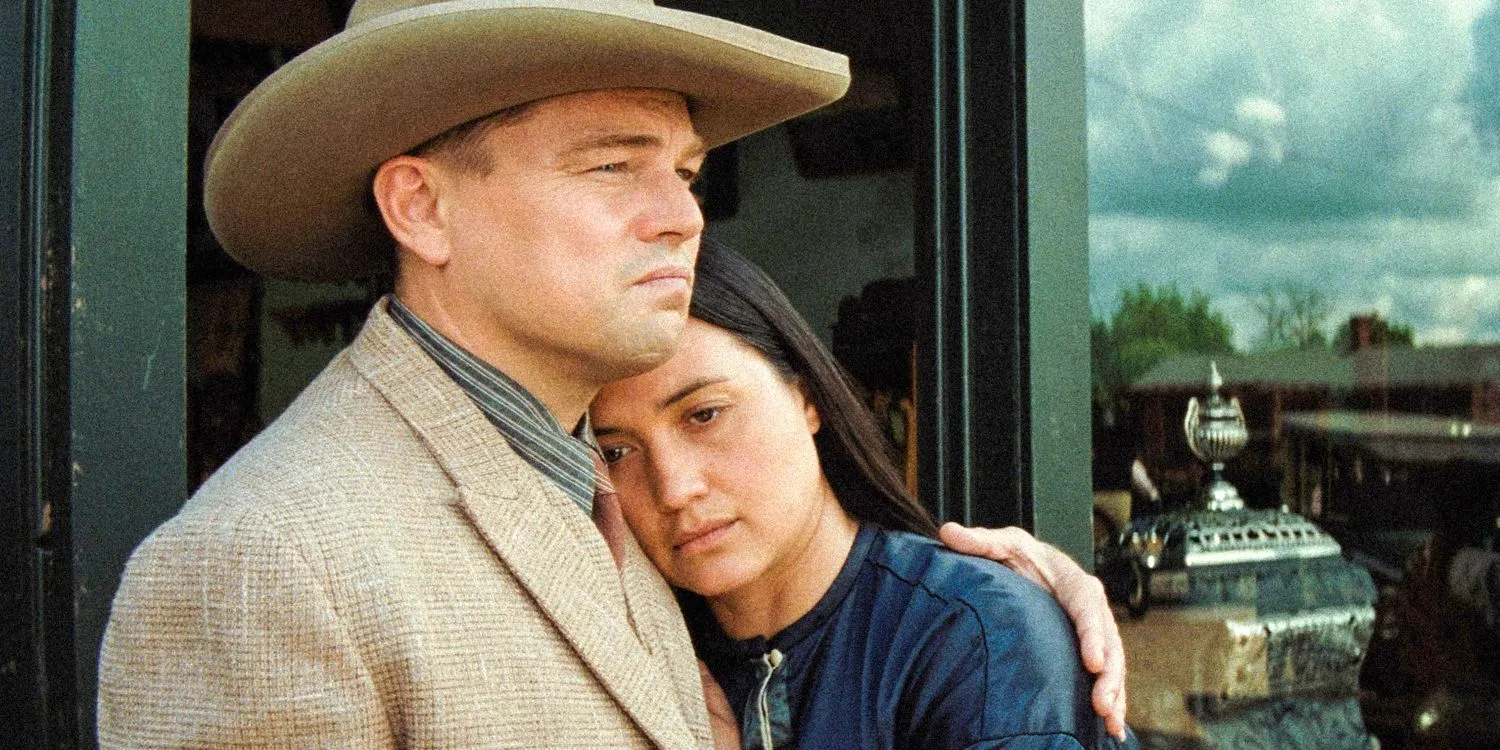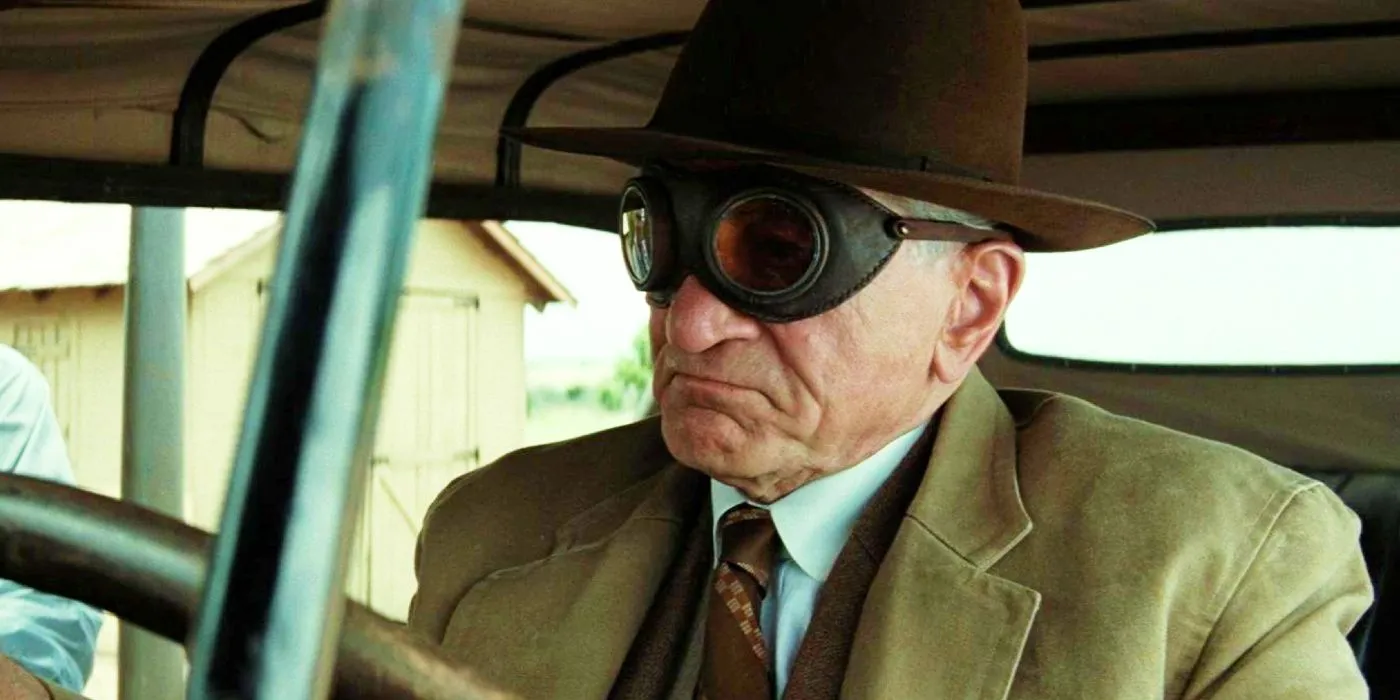
Killers of the Flower Moon directed by Martin Scorsese is a richly layered historical drama that delves into profound and multifaceted themes. This 2023 adaptation of David Grann’s noteworthy novel brings to life the harrowing experiences of the Osage Nation, a group of Indigenous Americans who faced grave injustices at the hands of white settlers in early 20th-century Oklahoma.
At the heart of this narrative lies a period known to the Osage as the Reign of Terror, during which numerous Osage individuals were systematically murdered, their land and wealth coveted by the burgeoning industrial sector in Oklahoma. The film’s compelling portrayal highlights the necessity of remembering these tragic events, emphasizing the importance of acknowledging and confronting historical grievances.
Understanding the Historical Context of Killers of the Flower Moon
The Reign of Terror: Central to the Film’s Message

To truly grasp the themes within Killers of the Flower Moon, it is essential to consider the historical backdrop against which the story unfolds. The film recounts one of the most appalling chapters in U.S. history—the Osage Indian murders, infamously recognized by the Osage as the Reign of Terror.
Between the late 1910s and the early 1930s in Osage County, Oklahoma, at least 60 members of the Osage Nation were brutally murdered. Evidence suggests these killings were not merely isolated incidents; they were orchestrated and concealed by those residing in the area, motivated by a voracious desire for mineral and oil-rich lands that belonged to the Osage people.
This horrific episode is characterized not just as a series of murders but as an attempted genocide against Indigenous Americans. As depicted in Scorsese’s film, powerful local businessmen and industrial leaders employed unscrupulous tactics to dispossess the Osage of their land, circumventing laws enacted by Congress to protect the Osage territories.
Many victims were prominent figures within the Osage community, targeted for their status in a calculated plot that forced their heirs into legal guardianship under white Americans—perpetuating a system that deemed Indigenous peoples incapable of managing their own affairs.
Moreover, the film reveals the disturbing practice of white men marrying Osage women to gain access to their estates, a loophole that wasn’t closed until the mid-1920s, though the subsequent legal reforms did little to halt the violence.
Core Themes of Killers of the Flower Moon
Key Messages Illuminated in the Film





The film explores several themes, with racism being a dominant thread. The systemic disregard from both individuals and institutions towards the Osage Nation reflects deeply rooted racial prejudice. This insensitivity fuels the planning and execution of the murders, exemplified by the misguided guardianship laws and societal attitudes toward the love between Ernest Burkhart (played by Leonardo DiCaprio) and his Osage wife, Mollie.
Entitlement is another critical theme explored in the film. The Osage murders can be traced back to a pervasive belief among powerful white individuals that they were entitled to seize the Indigenous peoples’ lands and resources. Such entitlement speaks volumes about the intersection of greed and corruption, reminiscent of issues that are painfully relevant in today’s corporate landscape.
Two additional themes are of great significance: the legacy of Indigenous culture and the quest for historical truth. The film opens by illustrating the devastation faced by the Osage Nation as they confront a future where their children are educated in a system designed to erase their cultural heritage.
This unsettling reality reveals a deeper wound—the erasure of the collective memory of their suffering at the hands of white settlers. Scorsese’s film poignantly captures the attempts to obscure the truth surrounding the murders, which were often misrepresented or ignored entirely, framing victims as responsible for their own demise through dubious narratives.
The Significance of the Title Killers of the Flower Moon
A Two-Fold Significance

The title Killers of the Flower Moon carries a dual significance, referencing an important season for the Osage Nation and the Reign of Terror itself. In Oklahoma, the arrival of May marks a period when many flowering plants perish as larger foliage obscures sunlight. This phenomenon resonates with the Osage’s cultural understanding of this specific lunar cycle—the “flower-killing moon.”
However, the word “killers”in the title also serves as a poignant allusion to figures like William Hale, portrayed by Robert De Niro, representing the white residents complicit in the murders. This double meaning encapsulates the film’s exploration of the brutality associated with the Reign of Terror.
Martin Scorsese’s Cameo: A Symbolic Conclusion
A Symbolic Conclusion to the Themes

In a symbolic gesture, Martin Scorsese makes a cameo appearance as a radio show producer towards the film’s conclusion. This brief yet impactful role underscores the significance of the themes threaded throughout Killers of the Flower Moon.
Set decades after the initial tragedies, this scene reveals that many of the murderers remained uncharged due to insufficient evidence. Even after the passage of time, the atrocities of the Reign of Terror remain officially unacknowledged, emphasizing the enduring injustice faced by the Osage Nation.
Scorsese’s cameo serves as a powerful reminder of the need for recognition and accountability, encapsulating the film’s core message about the importance of historical truth in the face of systemic violence and discrimination.




Leave a Reply